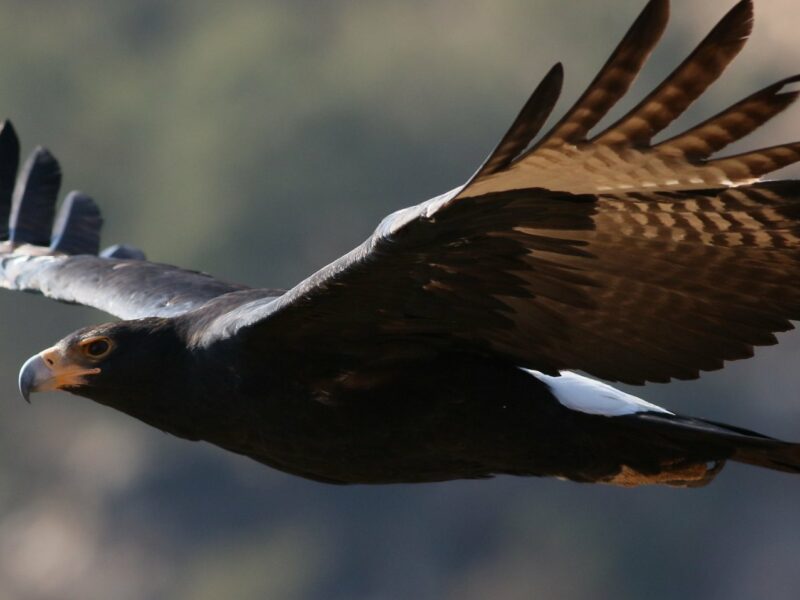We found that DDT monitoring in raptors is heavily biased toward the global north. Europe and North America account for 95% of samples. This is a concern because most DDT use is currently in the global south, as are most raptor species.
AuthorKailen Padayachee
Kailen Padayachee is a PhD Candidate, FitzPatrick Institute, University of Cape Town and Research Fellow, School of Animal, Plant and Environmental Sciences, University of the Witwatersrand.
Kailen was born in Kwa-Zulu Natal, where he spent most his early years exploring the rocky shores of the south coast and mangroves and dune forests of the north coast. At the age of nine, he and his family relocated to Johannesburg where he was exposed to the vastly different grassland and savannah habitats. From a young age, he knew that he would follow a career in the natural sciences.
He graduated from the Tshwane University of Technology (TUT) in 2009 with a National Diploma in Nature Conservation. After spending a year with the South African Association for Marine Biological Research as a conservation intern, Kailen accepted a post with the Walt Disney World Company at Disney’s Animal Kingdom Lodge as a nature representative. He was responsible for teaching guests about the unique wildlife and ecosystems found in South Africa. This is where he developed a keen interest in birds of prey, and specifically their ability to persist in some of the most densely urbanized and modified of environments on earth.
Upon his return to South Africa, Kailen decided to further his career in nature conservation, completing his B-tech in 2012 and his M-tech in 2017 at TUT. Both research topics focused on assessing and comparing the diets of urban and rural Verreaux’s Eagles of the Magaliesberg and Soutpansberg. While completing his studies at TUT, Kailen co-founded an environmental research and education Non-Profit Organization based in Gauteng. Kailen now oversees the organization's projects while completing his PhD.

